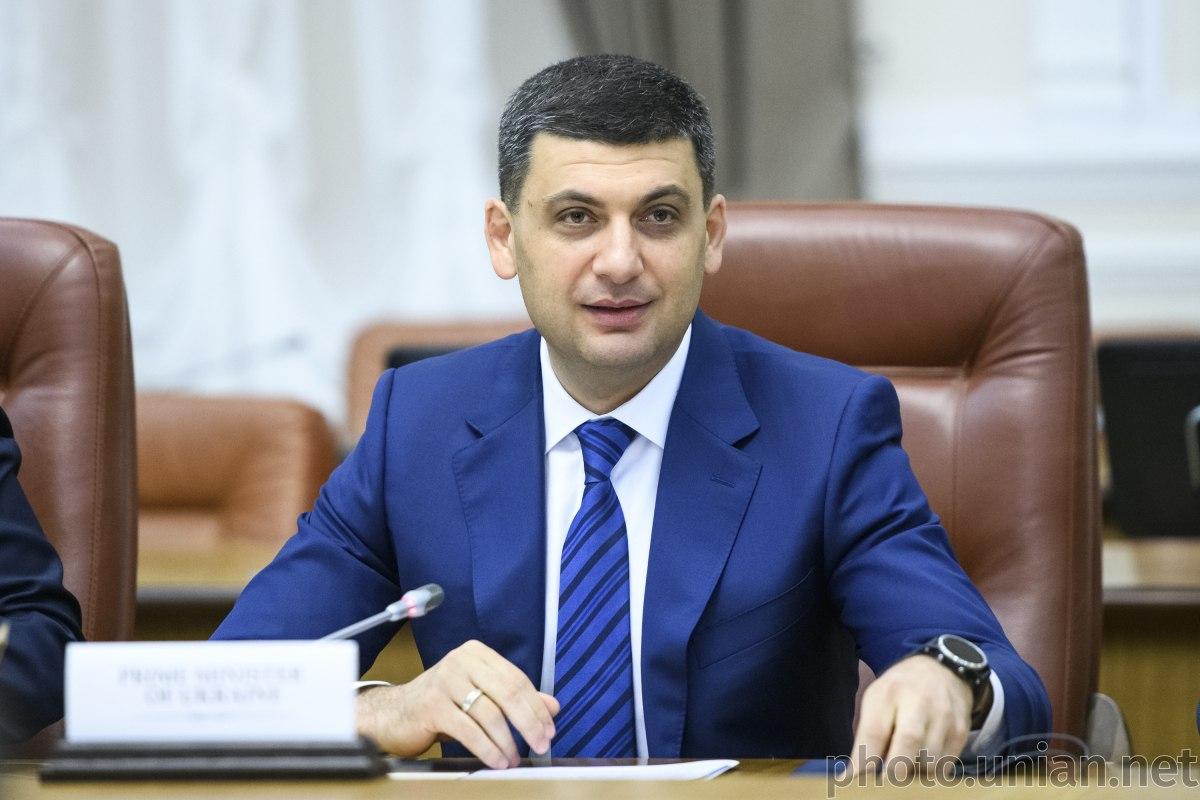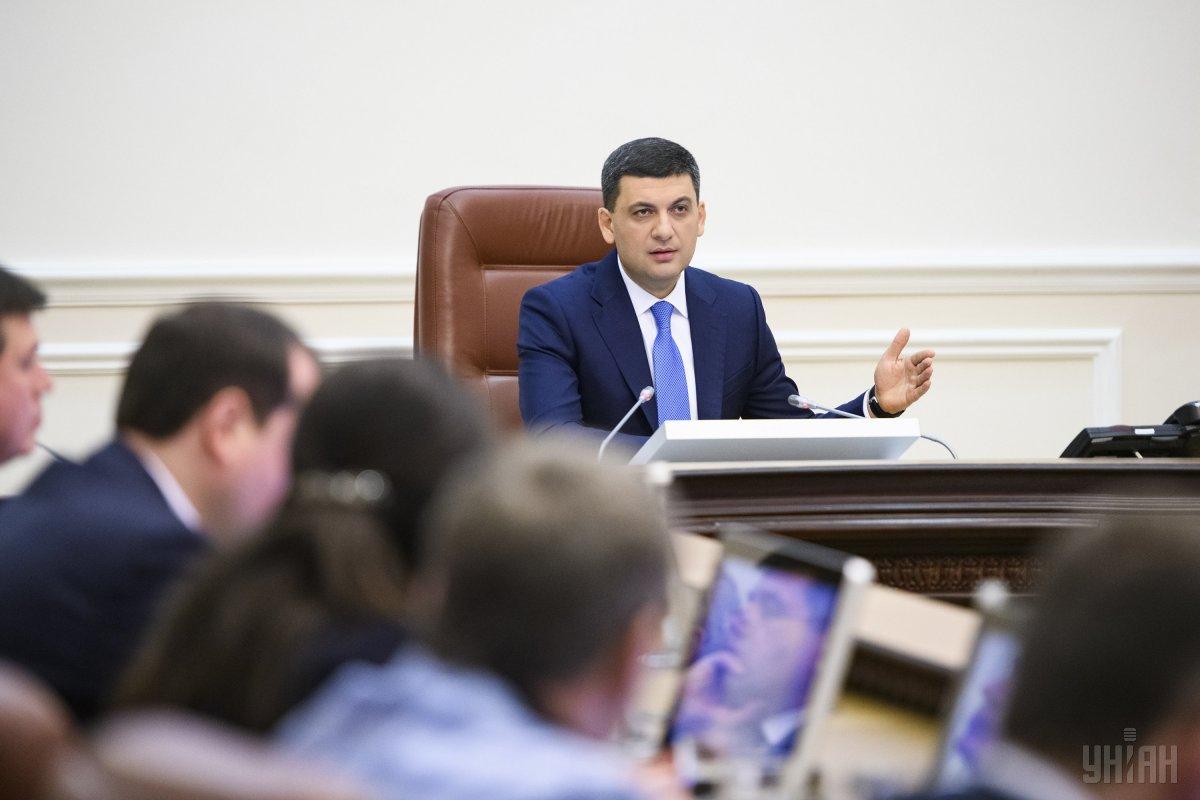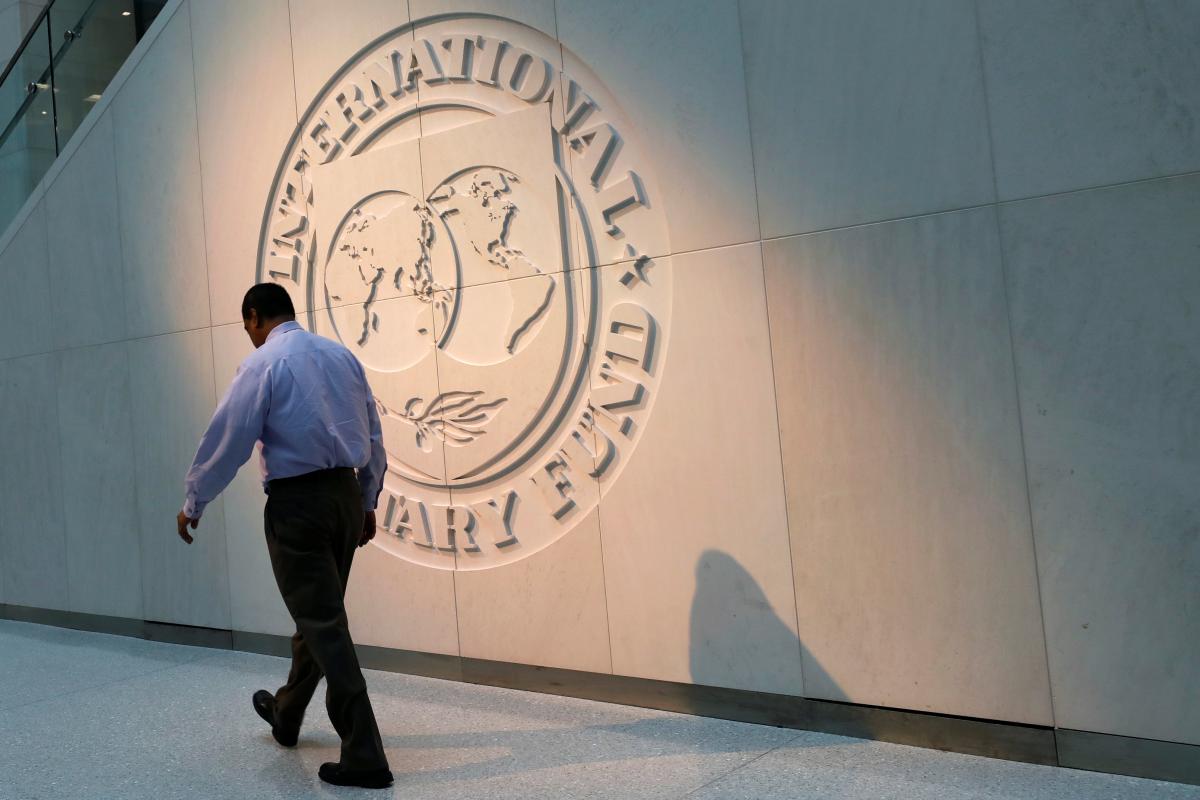
Last meeting of Groysman's Cabinet. What will the new government inherit?
Volodymyr Groysman held the last meeting of his Cabinet. He bragged about how he raised the economy and addressed his successors with recommendations. At the same time, nothing was said about public debt, which, not without his participation, will put a heavy burden on the new government and the Ukrainians.
Prime Minister of Ukraine Volodymyr Groysman chaired the last meeting of his Cabinet and left Ukrainians the "brightest" hopes for the future. Of course, someone, who, at the age of 41, has already reached his seniority period (in his own words, his working experience is approximately 27 years), has nothing to fear: he earned a government pension, even ignoring the "successful" pension reform he had implemented.
It should be recalled that, despite positive mood and the "recognition" of Cabinet's wins, Groysman and his Ukrainian Strategy party, created on May 24, received only 2.4% votes at the latest snap parliamentary elections, which probably marked the end of Groysman's partisan career. However, he still remains head of government. Groysman's cabinet will cease its authority when the new parliament starts its work, but until the new government is formed, incumbent ministers will remain in office as "acting ministers."
At the last Cabinet meeting, while PM Groysman and ministers are still holding offices, the head of government said that in the second quarter, Ukraine's economy showed the highest growth over the past decade (4.6%), but in the future "it is necessary to achieve stable growth." Thus, there are questions to the indicator.
"In order for us to get out of the problems we have, we must grow 1.5-2 times more than the neighboring countries. This means that we must grow by 5-7%," Groysman said.

Summing up his three-year work, he noted an improvement in key economic indicators.
"We are leaving the country to the next government with reserves of almost $22 billion. That is, we have created such conditions under which the National Bank has formed almost twice as large the reserves," Groysman emphasized.
The prime minister also noted that the national currency rate remains "approximately stable", while the public debt to GDP ratio was reduced by almost 20%.
It seems that everything is fine, but only if we turn a blind eye to one "exception".
Challenges and merits
After seeing its GDP grow up to 3%, Ukraine came close to the key condition for launching the mechanism of GDP-warrants, for which the Ministry of Finance, led by Natalia Yaresko (who is now a representative of one of the IMF's regional formats, heading the body that oversees Puerto Rico's fiscal system, PROMESA) exchanged a public debt restructuring in 2015.
It was then that Ukraine agreed with a committee of creditors on an installment plan for $19.3 billion in debt and writing off 20% of the debt's principal amount, which is $3.8 billion The payment of the sum on the allegedly sold eurobonds plus the debt under the program with the International Monetary Fund was postponed to 2019-2027. This also applies to interest – over 7%. As a result, during these years, Ukraine will be annually paying about $1.7 billion in state debt. And the country is already standing at the maturity line.
Groysman's government immediately announced that the agreements reached with creditors were an indisputable win. They also said that there are "heavier" burdens laying on other countries' shoulders, for example, Japan's public debt today is 250% of GDP. However, Team Groysman chooses not to clarify that Japan's debt was attracted at 0.5% per annum, and, due to a strong economy, it will be paid off at Japan's own discretion, which is not the case with Ukraine.

Already now, the state-guaranteed and public debt of Ukraine is a threat to national security. A burden on every Ukrainian is already over UAH 50,000. Judging by the principles of debt restructuring, debt pressure will only increase. And this is despite the fact that, according to the State Statistics Service, the amount of wage arrears in Ukraine as of July 1, 2019, reached almost UAH 2.86 billion, while as of June 1, it amounted to UAH 2.72 billion. That is, over the month, the indicator grew by 5.1%.
In general, developed countries believe that borrowing is beneficial if the cost of the loan is lower than the pace of economic development. But this principle does not apply to the actions of Groysman's "progressive" government.
To make things clear: according to world practice, the interest on a loan should be several times lower than the rate of economic growth. With our GDP growth rate of 4% and a loan rate at 7-10% per annum, this means payments are growing like a snowball. The cost of a loan is high in Ukraine due to the country's low credit rating. And by the way, President Volodymyr Zelensky has already called such a loan "humiliating for a European country."
Getting out of debt hole
Head of the NBU Council, Bohdan Danylyshyn, emphasizes that the situation in the mining sectors dominating in the Ukrainian industry look rather favorable – oil and gas output are growing (by 5%), as well as that of coal and brown coal (by 4.8%), and iron ore (2.7%). A pretty good situation is also being observed in the non-technological part of the processing industry. In particular, in the first half of 2019, the output of metal structures for construction increased by 16.6% y-o-y, that of pig iron, steel and ferroalloys increased by 2.9%, and pipes – by 5.6%. "But all this by the standards of the modern technological structure is production of low-margin semi-finished products. However, it is precisely this that still accounts for the largest share in the Ukrainian industry. And this doesn't allow us to be optimistic about the future," the expert notes.

According to him, it is hard to say what caused this truly rapid growth of Ukraine's GDP.
The Ministry of Economic Development and Trade reports that the main driver is the intensification of investment activity and performance of metallurgical and agricultural companies. It is difficult to correctly assess this point of view. The State Statistics Service data on capital investments has only been provided for the first quarter of 2019, and the figures were unfavorable back then.
"Most likely, there are two key components of such dynamics. The first is the growth of retail turnover: by 10.3% in January-June on year and by 7.8% in the second quarter of 2019 y-o-y. To a large extent, this is due to the growth of incomes of the population. In June, the nominal average salary increased by 8.1% in annual terms. However, a fairly long period of wage growth, which is being observed in our country, indicates that without an increase in productivity and labor efficiency, a rise in wages may slow down or even halt. Moreover, one of the reasons for the rise in wages is mass labor migration, the potential of which probably approached the threshold," says Danylyshyn.
Another key component of good GDP dynamics he named agriculture on the rise. The agricultural production index in January-June of this year increased by 5.8%, while the 2nd quarter of 2019 it was 6.3% higher year-on-year. By the way, the situation the agricultural sector predictably keeps improving –agricultural production index stood at 112% for the last seven months.
"And here I am asking myself a question that I have asked myself more than once, and which worries me more and more: how long can agriculture remain the main trigger of Ukraine's economic growth? Now I can state the following: despite the fairly decent pace of economic dynamics in Ukraine, serious questions remain regarding the quality of this growth. That's especially if we look at the problem through the prism of the modern technological paradigm," the expert concluded.
Old faces in a new fashion?
All international rating agencies, without exception as well as the expert community, predict a new wave of crisis for the global economy. They assure that it will hit the developing economies, including Ukraine, especially hard. Soon, a new Cabinet of Ministers will be formed in our country, and it is the new Cabinet that will have to decide the fate of the tax burden Ukrainians are now bearing. The first bells and whistles are already here: in order to raise money for its reserves, Ukraine massively sold its domestic loan bonds at an outrageous 17% per annum. The so-called "investors" bought them for UAH 81 billion. But now, fearing the possible crisis, they suspended purchases and could soon begin to withdraw their capital. So here's another trap set by Groysman's Government.
The goal of bringing the country out of the debt hole – will rest on the shoulders of the new government, which must become especially productive. But - guess what? - the president's envoy in the Cabinet of Ministers, Andriy Gerus, has already suggested that, perhaps, the new government will include certain representatives of the previous one.
"We have to wait another week and a half, and we will see how it goes. I don't rule out anything at all, anything can happen," Gerus said.
At the same time, he noted that it is necessary to thank the current government for its work and decisions made, and expressed hope that the next Cabinet will perform even more efficiently.
Nana Chornaya

